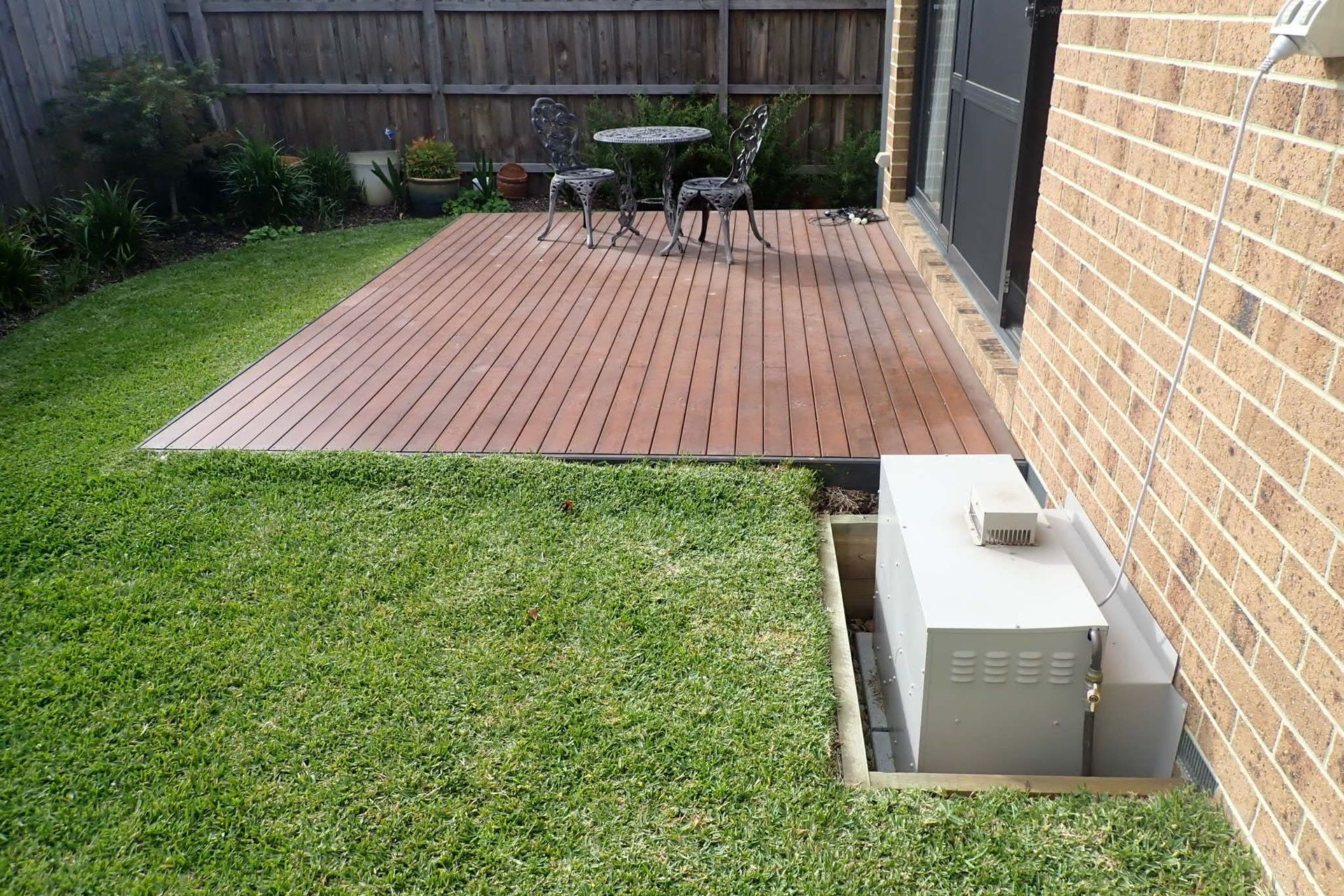Sub-Floor Damp - a before and after story
Foundations are the most important aspect of the building structure. They’re also the hardest things to fix if damaged. The excessive accumulation of moisture and the “out of sight, out of mind” attitude tends to leave things unchecked until substantial damage has occurred.
Today we’re looking at a two year old house, flooded in the sub-floor. The sub-floor is the dirt space underneath a timber framed floor building.
When I was called to site, it was a bright and sunny day. But when I went into the sub-floor, I could see all the moisture accumulating underneath. That’s ongoing seepage from the outside. I can’t even crawl to perimeter, it’s just that muddy.
Where water gets to where it’s not supposed to, it deteriorates the building elements. You want your sub-floors to be as dry as possible, and ventilated to dry out moisture.
Be weary of high ground levels sloping towards the building. It may be beautiful to have nice trees and high garden beds right next to the house, but these often aggravate the dampness.
How did we fix it?


We assessed the slope of the land where all the moisture was come from and upgraded the landscaping regime.
Starting with excavating the surrounding land, we built a retaining wall to account for the cut, and installed a new sub-surface agi drain across the high side and front of the building.
The bottom soil was cut right to the footing level and slopes away from the building to the drain. The backfill consisted of large pebbles to ensure the agi pipe was free from blockage. As an additional measure, the brick face had a layer of clear tanking.
It may seem excessive, but here is the before and after shot of the sub-floor 6 months after:


Almost Dry as a clay gets, except for one little peep of a puddle behind the concrete steps, where ventilation is limited. I reckon 95% of all the moisture is gone. It’s made THAT much of a difference.
We’ve not only dried out the subfloor throughout, but we’ve preserved the foundations for years to come. Concrete stumps deteriorate faster in damp conditions.
I’m John Low your go-to Architect. Have a great day!
What did you think? Sub-floor maintenance is important, yet it ranks as # 4 on my exclusive guide:
“Building Inspection Secrets- What to look for!”.
Want to know more?, click on the link, where you can read up all about what to look for when inspecting a building.
Do you have a house that has underfloor damp issues? Or are you in need of architectural services and want things done right? Message me and we’ll be in touch.
NOTE: While maintenance of the sub-floor is important, please heed my warning to be appropriately equipped when accessing the sub-floor. I have come across hazardous materials, mould, upturned nails, animal droppings, dead animal remains, just to name a few! If ever in doubt, please reach out for further advice!





